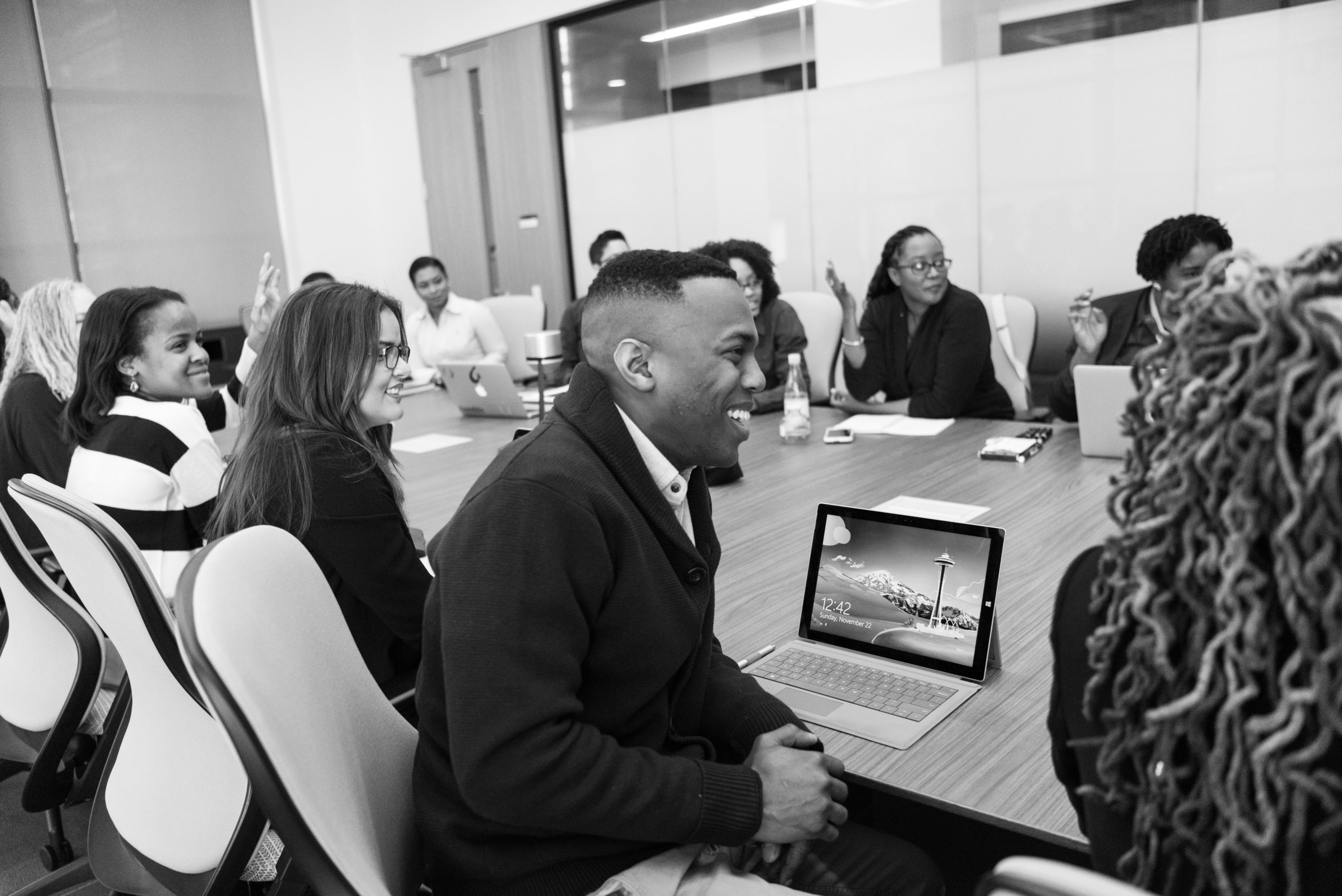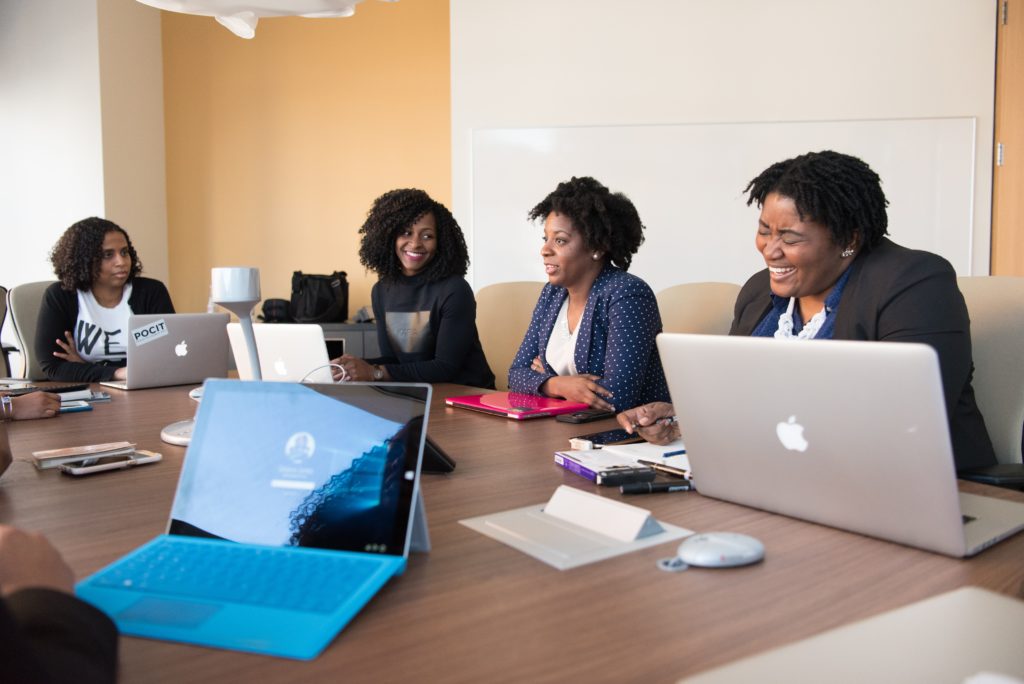Allyship is on the rise as a topic in Finland and the Nordics. Allyship is defined as “Individuals who stand up for the equal and fair treatment of people different from them.” This year, we cover selected topics from the perspective of allyship and what it means for organizations in Finland. This blog post sheds light on the importance of Black History Month and how organizations in Finland can approach it through allyship.
What is Black History Month?
Black History Month initially started in the United States by teaching students about Black and African-Americans’ contributions and the lack of representation in the national narrative. BHM is a celebration of those who have impacted the world with their activism and achievements. In the U.S., the month-long spotlight during February is an opportunity for people to engage with Black histories, go beyond discussions of racism and slavery, and highlight Black leaders and accomplishments.
BHM should not be confused with Black Lives Matter- a movement that stems from the injustice of the black people in the U.S. recognizing BHM is vital for the Northern hemisphere, given the substantial Black and brown population. In Germany, the recognition of BHM has a history. It addresses the structural imbalances that continue to shape the experience of Black people in Europe. While there is a need to make Black European history visible, it stimulates a reflection on race.
BHM 2022
This year, BHM has a focus on health and wellness. It is particularly fitting, given the sharp rise in public calls for racial equity and justice and how the Black community has continued to experience and witness a multitude of brutal attacks on its members. Amid these trying times, what can companies do to support the wellness of Black and other underrepresented group employees so that they can be their best, authentic selves at work?
“I am sometimes conflicted about our celebration of Black History Month. It would be great to stop labeling and to categorize ourselves into “us” and “them.” With this realization in place, we have a chance to treat the celebration differently and turn it into the path we take to know the way we got here and fix it. For now, Black History Month gives a chance to share the culture that might not be shared and taught otherwise,” says Stephen Lee, Inklusiiv board member.

Allyship in the workplace
An ally is anyone that actively promotes and aspires to advance the culture of inclusion through intentional, positive, and conscious efforts that benefit all groups.
How to make sure that we, too, are making the most to advance the fair treatment of everyone? Representation is crucial. If you notice that any marginalized group is underrepresented in teams or at the company, consider being a mentor and helping them find access to the organization. Black people often face racism, especially structural racism, that manifests when cultural values are ingrained in everyday life, creating discriminatory and dehumanizing laws and policies that exacerbate inequality in almost every sphere of life. Black people do not lack skills. Often, black people lack networks and fair access to opportunities.
“Black History Month is the chance to learn about the history and to also celebrate how far we have come. I think it is a time for Finland to be proud of its achievements while understanding we can be even better in our inclusion of people because we are still not as far as we need to be. I am proud that the movement in the U.S. has made Finland curious enough to try to learn something from this influential history. I am proud that Finland is the country that it is with its own triumphs and challenges. In my 23 years here, I have seen the changes that Finland has made based on what it has seen and learned from the struggles in the U.S. It seems that Finland wants to keep learning and that is a good thing. So let’s celebrate!” Stephen Lee, an Inklusiiv board member, points out.

5 actions organizations can take to be more inclusive:
- Allyship. Raising awareness is where the journey begins. Employees need to understand what DEI is and think about it in practice. Learning about allyship is a great way to train employees on being an ally at the workplace. Allyship starts with the leadership, who needs to be acquainted with skills to enable DEI in the workplace.
- Realize that diversity and inclusion are good for global business. Create a more diverse team and be more successful by seeing opportunities you would never find in a homogeneous group. Innovation and the best working environment are created with diverse thought and bold action.
- Rules and regulations matter. Ensure your workplace has a Code of Conduct, or they will create one. A clear policy for inclusion matters that drive safety and justice for both employees and employers.
- Create employee resource groups. Businesses should consider ensuring that employee resource groups (ERGs) provide a safe and open space for employees to facilitate discussions and thus increase a sense of belonging. ERGs are gaining popularity as executives realize these groups’ critical role in supporting their employees and achieving key business objectives.
- Think, plan and execute. Work in talent acquisition? Need new team members? Take a moment to evaluate the demographics of who you have been bringing on board.
Use Black history month to help shine a light on the outstanding achievements we have forgotten that all people bring to the world. When society’s eyes are open to the positive and amazing things that have been forgotten, we gain the knowledge and new ideas that take us to the next level.
How to approach allyship?
Learning about the Implications of race, privileges, or inclusion is a chance for everyone to learn more and become a better ally and colleague. For anyone curious to know more, we have collected some tips and resources on Inklusiiv’s research bank or take a look at valuable resources at Racial Equity tools.

